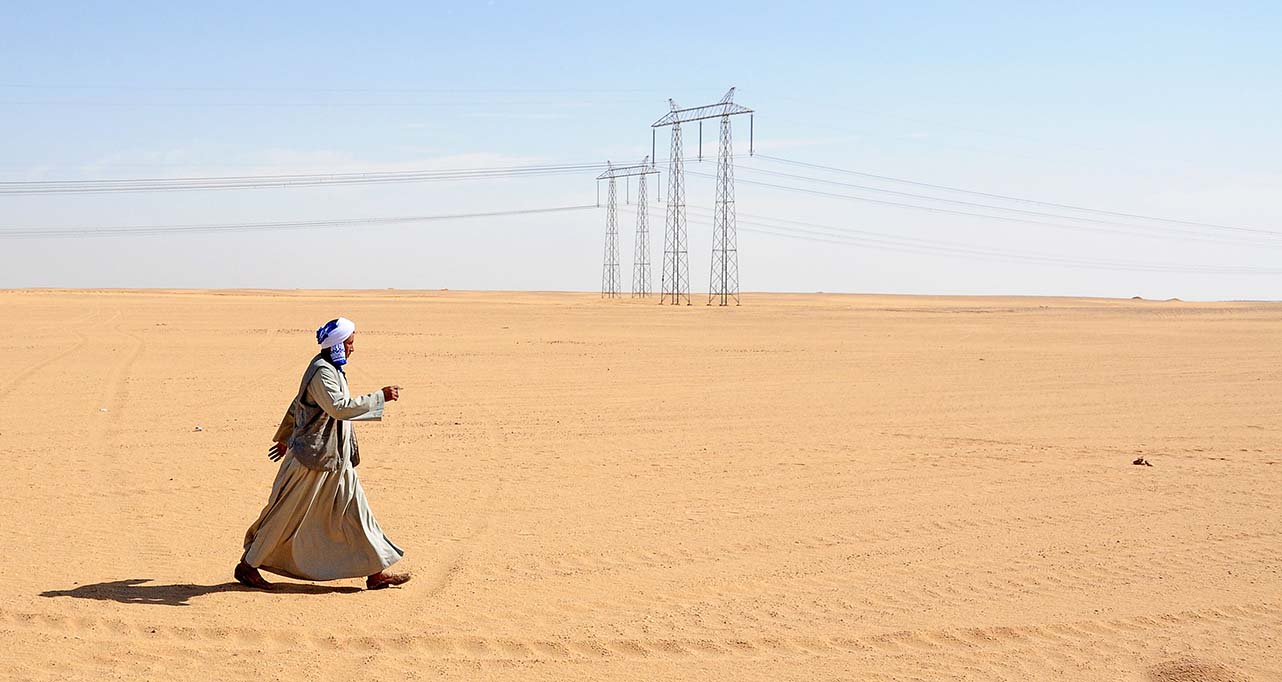EBRD-financed Čibuk and Kovačica windfarms to start operations this year
In the small town of Kovačica in the northern Serbian province of Vojvodina a 104 MW windfarm will soon be finished. It will be Serbia’s second large-scale wind energy project, one for which the EBRD provided €48.8 million financing to the project sponsor and developer Enlight Renewable Energy.
Less than two years after the beginning of construction, 38 turbines are now rising on the site in Kovačica.
Another EBRD-financed windfarm in Serbia - the largest one ever constructed in the country and the wider Western Balkans region - is called Čibuk1. It boasts 57 wind turbines with a total capacity of 158MW, built in Kovin, also in Vojvodina, and only 65 km away.
The EBRD and International Finance Corporation supported Čibuk with a €215 million syndicated loan. Cibuk windfarm is fully constructed. Both wind farms have started producing electricity and are now in the final phase before they can be officially connected to the grid.
Green energy
“Every time a turbine turns, it produces enough electricity for one household for 24 hours and it turns 6-7 times in a minute. There is no CO2 emission and this 100 per cent clean energy is the main benefit of windfarms,” explains Tomer Nir, who works on the Kovačica project.
It is estimated that the two windfarms combined will produce electricity for close to 180,000 households, while reducing CO2 emissions by more than 600,000 tonnes annually.
In Serbia, where the electricity supply is largely provided by ageing coal-fired plants running on lignite, one of the dirtiest types of thermal coal, reducing air pollution is a significant achievement.
Thanks to these pioneering projects, Serbia is approaching its pledged objective set by the National Renewable Energy Action Plan which created a national binding target of 27 per cent share of renewable energy in overall energy consumption by 2020.
“Investment in renewable energy is at the core of our energy strategy. It is particularly important for the Balkan region, which until recently has depended heavily on coal for electricity generation. We are very pleased to see Serbia making such a strong commitment to renewables, and to have been able to support that commitment,” says Harry Boyd-Carpenter, EBRD Head of Energy EMEA.
“The Čibuk and Kovacica windfarms are a breakthrough for Serbia’s renewable energy sector. The EBRD has worked closely with the government to develop and refine the regulatory framework for the sector and these efforts have unlocked the first wave of renewable energy projects,” adds Zsuzsanna Hargitai, EBRD’s Regional Head of Western Balkans.
New job and knowledge opportunities
Besides clean energy, these projects provide new job opportunities and knowledge which the country previously lacked.
Željko Đurić, the director of Vetroelektrane Balkana, the company behind the Čibuk project, joined the company with a law degree from Cambridge University.
“Being at the forefront of this process was the most interesting side of it for me. Before, there were several smaller windfarms of 10 or so MW, but different legislation applies to them. We had to go through a lot of hoops to make it all work,” explains Mr Đurić.
Before Čibuk, it was a challenge to find a local expert in windfarms. The project has helped provide experience for more Serbian engineers.
“The government is trying to encourage education and a knowledge-based economy. Experts in environmental protection and legislation will be more and more required, as Serbia is transforming itself in line with the EU accession process” adds Mr Đurić.
Overcoming administrative challenges
While the government is supporting the move towards renewables, administrative procedures for renewable energy projects are still developing.
As pioneering projects, Čibuk and Kovačica are helping build the state’s administrative capacity to implement projects in this new sector.
Mr Đuric says: “We have to ensure first that everything works and then we celebrate! On a windy day! Čibuk is at the forefront of wind energy development in Serbia. It helped establish good practice which provided confidence to the authorities. All the initial doubts have been dispelled.”



